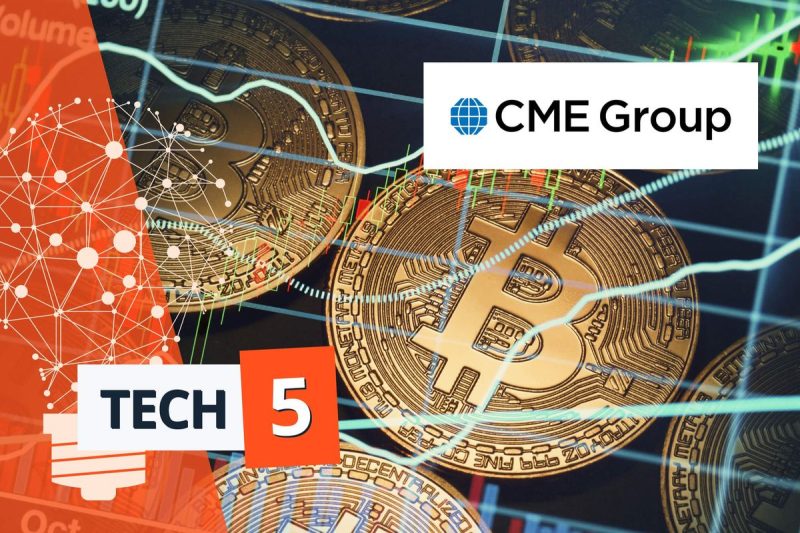In a remarkable development in the digital finance world, the Chicago Mercantile Exchange (CME) is reportedly laying the groundwork for spot Bitcoin trading. This move underscores the rising demand and trust in cryptocurrencies, specifically Bitcoin, among institutional investors and traders. Additionally, during its annual I/O event, Google seized the spotlight to unveil an array of innovative products aimed at fortifying its position in the fierce tech market.
Starting with the Chicago Mercantile Exchange’s announcement regarding its plans, the company’s intention to allow spot Bitcoin trading came as welcome news for digital asset enthusiasts. CME’s announcement of incorporating Bitcoin into its existing spot exchange underscores the increasing mainstream acceptance of cryptocurrencies. For many years, CME has been a reputable financial exchange company offering numerous assets, including futures and options. With the inclusion of Bitcoin in its offerings, CME paves the way for greater accessibility and transaction convenience in the cryptocurrency universe.
Spot trading refers to transactions where the delivery of a commodity or asset happens immediately, or within a short period after the deal. For Bitcoin, this move could be a game-changer, as it translates to an enhancement of the trust level among Bitcoin traders. Thus, with its plan to launch spot exchange trading for Bitcoin, CME is poised to set a significant precedent as a conventional financial exchange enabling real-time, physical Bitcoin transactions.
Switching gears to the tech giant Google, the company showcased the perfect marriage of innovation and technology during its annual I/O event. The conference saw Google unveil a series of new products and updates intended to push consumer and business technology boundaries further.
Several introductions undoubtedly stole the show. These included improvements to the Google workspace, updates to Android, AI-enhanced Google Maps, upgraded security features, and an advanced Google Watch platform among others. Each product underscored Google’s commitment to improving user experience, productivity, and security.
For instance, Google Workspace, formerly known as G Suite, has been revamped to facilitate collaboration and productivity at work. The platform will now feature ‘smart chips’ that offer additional information about a file or person when mentioned in a document. This feature is designed to promote efficiency by reducing time wasted toggling between apps.
Meanwhile, Android users can expect a host of enhancements courtesy of Google. The tech giant revealed Android 12, which is set to come with a new design and improved features. Most notably, Google’s new Android Private Compute Core has been incorporated to maintain privacy on device-based AI functions.
Google Maps, the popular navigation app, will also be receiving some high-tech updates. With new artificial intelligence (AI) capabilities, Google Maps will now adjust routes depending on weather conditions or tailbacks and will be providing detailed street maps for better pedestrian navigation.
On the security front, Google aims to double down on protection by introducing two-factor authentication to users, reinforcing account security. To top it all off, Google has also partnered with Samsung, merging their respective smartwatch platforms into the unified Wear.
In summary, Google’s I/O event offered an exciting glimpse into the not-so-distant tech future while signaling the company’s drive towards enhancing productivity and security. On the other end, CME’s groundbreaking move towards spot Bitcoin trading reflects a concerted global effort to integrate digital currencies into mainstream financial processes. Both developments, in their respective sectors, associate with an increased emphasis on accessibility, efficiency, and consumer satisfaction.




